A few years ago I attended a Farmscale Permaculture workshop at the MOSES Organic Farming Conference in LaCrosse. This was a great opportunity to try visual note taking, as the subject really lent itself to that format.
Enjoy!
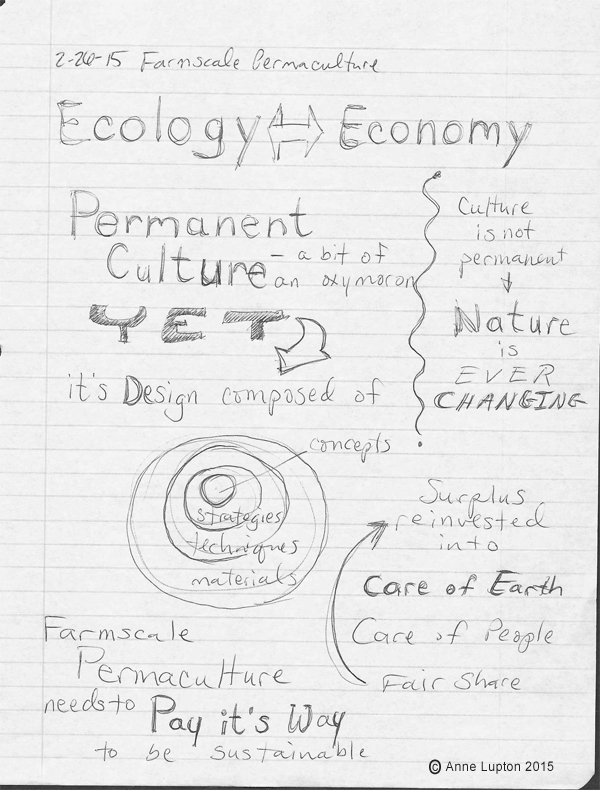
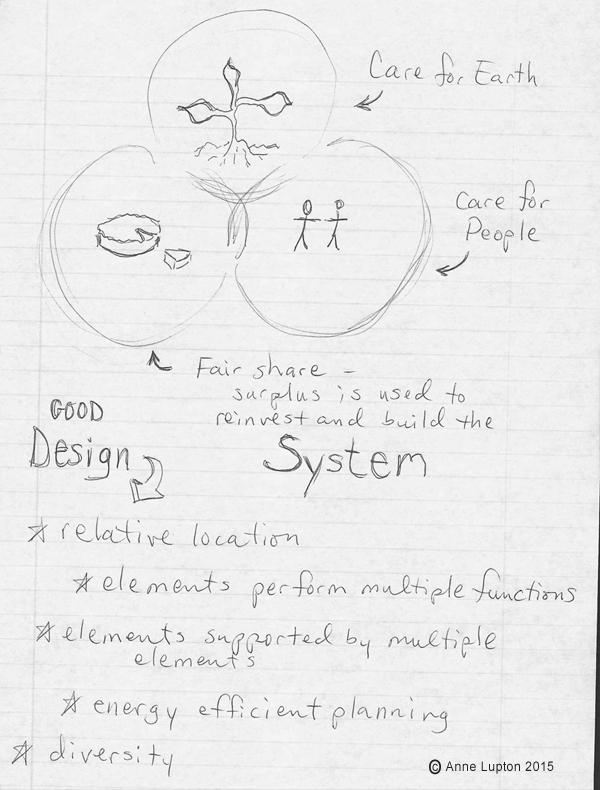
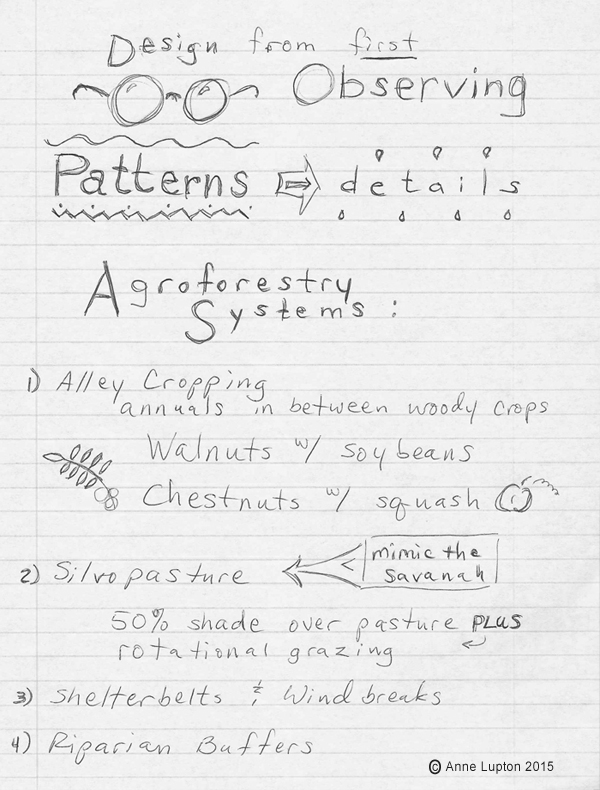
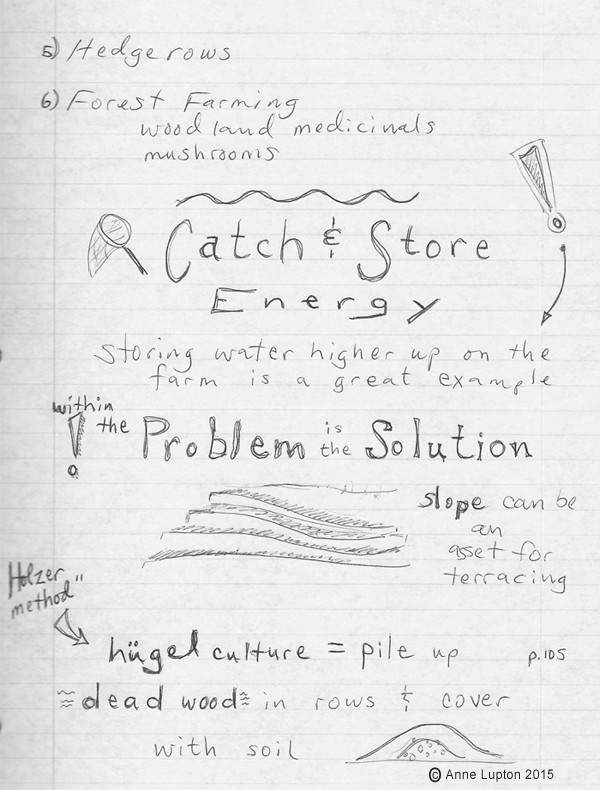

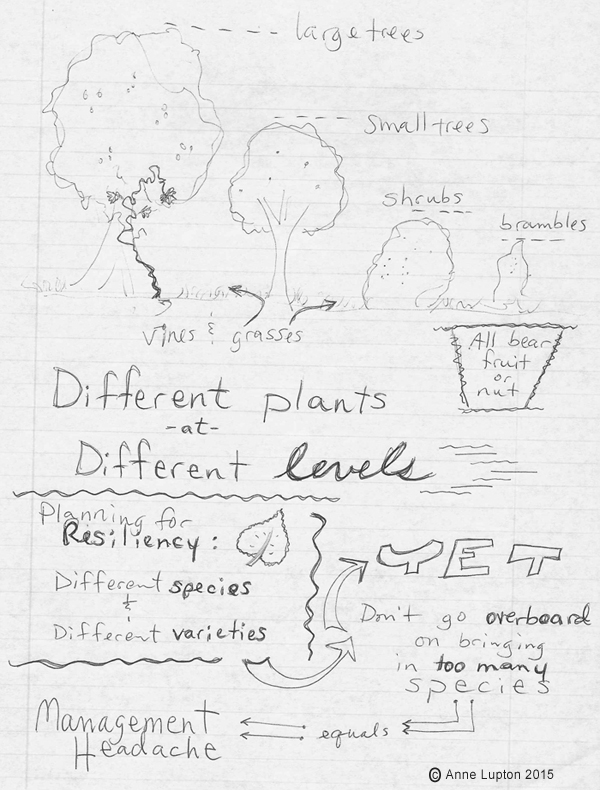


A few years ago I attended a Farmscale Permaculture workshop at the MOSES Organic Farming Conference in LaCrosse. This was a great opportunity to try visual note taking, as the subject really lent itself to that format.
Enjoy!







